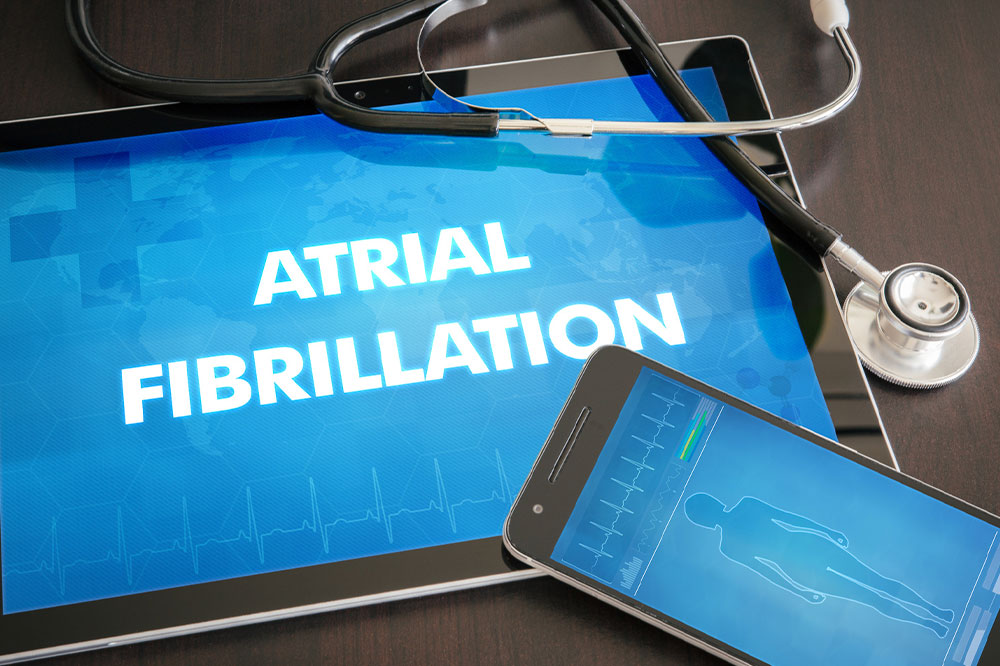Top 4 Concert Booking Mistakes to Avoid

Most music enthusiasts love attending concerts and seeing their favorite artists perform live. However, some people make mistakes while booking tickets, such as visiting the wrong website and waiting until the last minute to reserve a seat. Such errors spoil their experience at the event and cause immense disappointment. This post highlights four common concert-booking pitfalls to avoid to ensure your night at the show goes as smoothly as possible.
Not using reliable booking websites
Booking your tickets through a reliable website is essential to ensure you get confirmed access to the show you have been looking forward to. A reputable website keeps your information confidential and secure. This not only minimizes potential ticket scams but also saves you money in the long run. The customer service representatives of credible websites also answer your questions regarding the show, so you do not have to worry about being left in the dark when purchasing tickets.
Vivid Seats is a popular website for booking tickets for music events in 2023. They provide a 100% buyer guarantee, assuring safety, security, and peace of mind. The website ensures your information remains private and delivers your ticket before the concert begins. Further, Vivid Seats provides discounts, VIP packages, and other exclusive deals that could save you additional money. So, find a trustworthy and reliable website for booking tickets for your next concert!
Overlooking the details
Concert tickets are expensive, so you must ensure you get the most out of your money. One way to strike the right deal is to learn about the type of seats available, location, pricing, and venue amenities before booking tickets. Whether you go alone or with a group, understanding such details can ensure everyone enjoys the show comfortably. On the other hand, booking in haste could cause you to land tickets with hidden fees, a non-transferable policy, or limitations on where you can sit. So, take a few extra minutes to review everything on the ticket details page before hitting the buy button.
An important detail to check is the price and whether you can claim a refund if the event is canceled or rescheduled. Websites like Vivid Seats transparently list the ticket rates for music events, so you can make an informed decision. They also ensure customers receive full compensation of the purchase price if the event is canceled, thus offering peace of mind. Some tiny details might seem insignificant when purchasing concert tickets, but they are essential to improving overall satisfaction.
Delaying the purchase
Purchasing early-bird tickets is a great way to get excellent value when attending live shows. You will be able to secure your tickets before they are sold out and may also get access to exclusive perks not available at the last minute. These advantages may include VIP seating, limited edition merchandise bundles, and discounts on food and beverages at the venue.
Another benefit of buying tickets early is having a better selection of seats. Best of all, if you buy early bird tickets, you might get an opportunity to meet and greet the artists and get pictures with them!
Not researching the venue
Researching the venue of an event before buying tickets is essential. Knowing the precise location and layout of the facility can help you pick seats that offer the best experience. You may want to choose seats with an excellent view of the band or purchase tickets for floor seating if available. Looking at pictures or reviews of previous events in the same venue will give you insight into the areas with good acoustics and clear sightlines. With this knowledge, you can decide which seats offer the best value for your money.
Additionally, researching ahead can alert you about potential safety concerns or amenities the venue provides, such as parking, bathrooms, and concession stands. You may also determine how far the venue is and how to get there and return home at night after the concert ends. Checking this information is especially essential when booking tickets for music tours in unfamiliar cities. Sites like Vivid Seats sell tickets to many music tours and provide necessary details about the venue.
How to enjoy a music concert?
Besides avoiding the above mistakes when buying concert tickets, you must know the best practices for an unforgettable evening. Here are some tips to make the most of your favorite artist’s performance:
Arrive early
Arriving early can help avoid long lines at the security check and get a good seat to watch the performance. You can use any spare time to explore the venue, click pictures, and soak in the atmosphere.
Dress appropriately
Wear comfortable clothes and shoes, as you may stand or dance for hours. Also, bring a light jacket or sweater in case the night gets cold.
Stay hydrated
Staying hydrated during a concert is important, especially if you plan on dancing or jumping around. Carry a water bottle and refill it at the venue as necessary.
Respect others
Remember that you are not the only one attending the concert, so respect other people’s space and enjoyment. Do not push or shove and avoid blocking the view of those behind.
Use your phone sparingly
While taking photos or videos of the concert is tempting, try not to use your phone too much. You will enjoy the performance more if you are fully present.
Have fun
Above all, remember to have fun and enjoy the experience. Live music concerts can be unforgettable, so make the most of them and create great memories!
Following these best practices and avoiding ticket booking mistakes can ensure you get the most out of your concert. Vivid Seats was among the best platforms to book music tours and events in 2022 and continues to remain popular. You can explore other websites too and compare prices to get the best deal. When purchasing the tickets, do not forget to factor in any associated expenses, such as travel, lodging, and restaurant costs.






